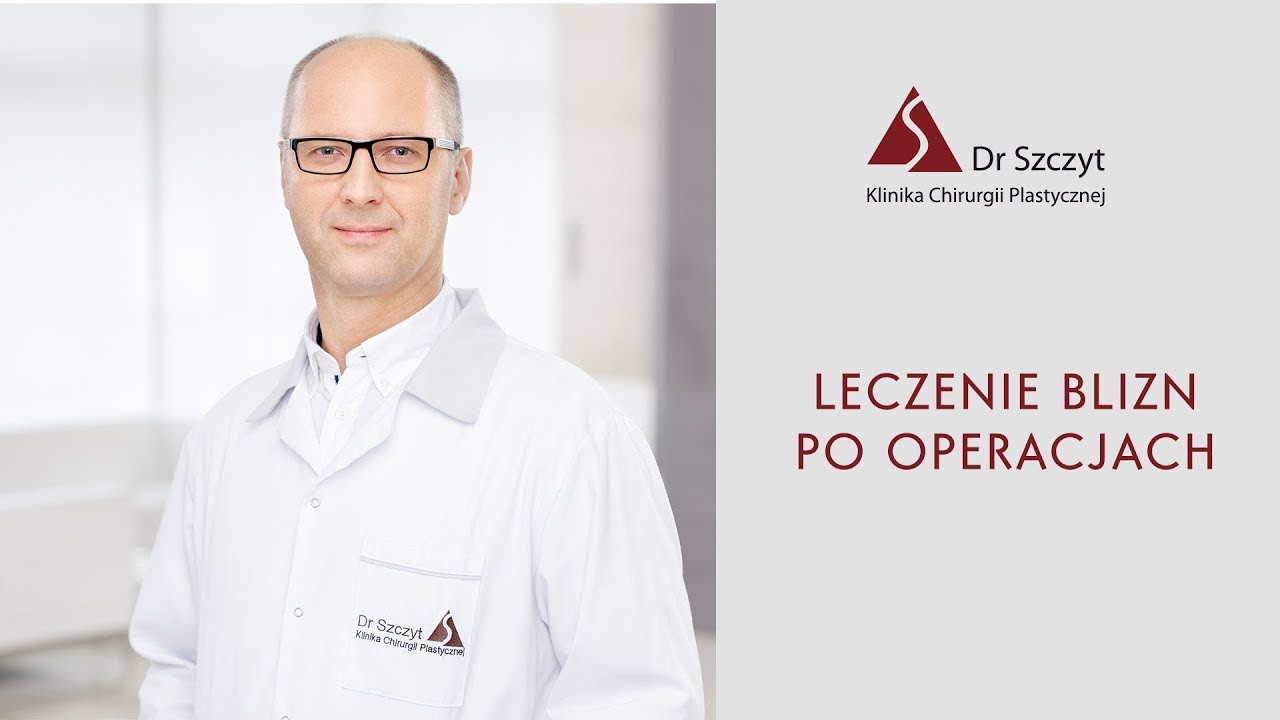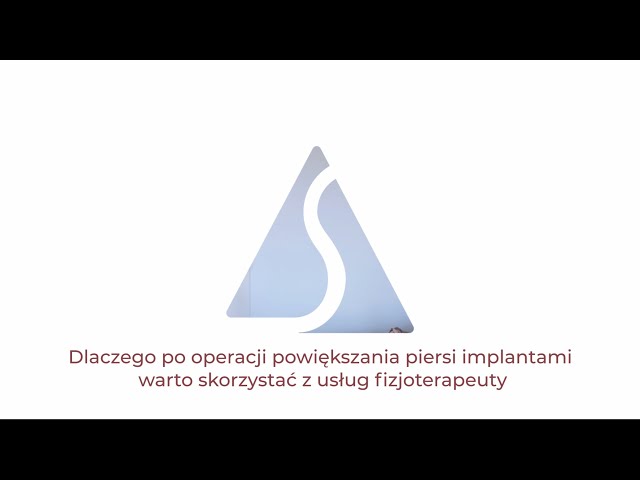Why is physiotherapy after plastic surgery so important?

Plastic surgeries are procedures that aim to improve the appearance of the body and, in some cases, to make life more comfortable. While the procedures themselves are increasingly safe and effective, their effectiveness depends largely on an adequate recovery process. Physiotherapy after plastic surgery plays a key role in this process, helping patients return to full function more quickly, minimizing the risk of complications and improving the aesthetic results of the procedure.
Faster recovery and reduction of swelling
After plastic surgery, regardless of its type, the body's natural reaction is to experience swelling, which can last for days or weeks. Swelling is a result of the surgery and the removal of tissue, but also a result of anesthesia and the healing process. Physiotherapy, especially lymphatic drainage, which involves gentle massage, stimulates lymph flow and helps remove excess fluid from the tissues. Regular sessions of lymphatic drainage can significantly speed up the process of reducing swelling, thereby improving patient comfort and speeding up recovery.
Reduce pain and improve mobility
After plastic surgery, especially the more invasive ones such as liposuction, abdominal plication or breast augmentation, pain and discomfort are a natural part of the healing process. In the initial days after surgery, patients may experience pain related to surgical interference, muscle tension and swelling. Proper physiotherapy rehabilitation plays a key role in alleviating these discomforts and helps restore full mobility.
A physiotherapist uses a range of techniques to help reduce pain and improve range of motion. Appropriate methods such as manual therapy, relaxation exercises and breathing techniques can effectively reduce muscle tension and ease discomfort. Regular exercise and the use of therapeutic techniques can help reduce body stiffness, improve tissue elasticity and restore full function to the operated area.
The physiotherapeutic approach also includes psychological support for the patient, who, while going through the rehabilitation process, may feel apprehension and uncertainty about the effects of the procedure. With constant contact with the physiotherapist, the patient feels safer, which speeds up the process of adaptation and return to full fitness.
Techniques used in physiotherapy to reduce pain and improve mobility:
- Manual therapy: the use of specialized manipulation and mobilization techniques to reduce muscle tension, improve tissue flexibility and relax joints.
- Electrotherapy: The use of electrical impulses to stimulate muscles and nerves, which helps reduce pain and improve circulation in the operated area.
- Therapeutic massage: therapeutic massages are used to improve circulation, relieve muscle tension and improve overall health.
- Relaxation exercises: Directed at gently stretching muscles and ligaments to improve their flexibility and reduce stiffness, which is especially important after surgeries involving large areas of the body.
- Kinesitherapy: Applying special elastic bands to the skin in specific areas promotes pain reduction and swelling. It is also used to promote stability and mobility.
- Deep Tissue Massage: Helps relax tight muscles, accelerates tissue recovery and reduces post-operative pain.
With these techniques, patients experience reduced pain, faster return to full mobility and better comfort during the recovery process.
Support in the treatment of scars
After any plastic surgery, regardless of the type, scars remain, which can affect the appearance of the body and the comfort of the patient. Physiotherapy is a key element in scar treatment. The use of scar massage and scar mobilization- gently massaging, stretching and rolling the skin around the scar - aids in the healing process. With these techniques, the scar becomes more elastic, softer and less visible. For more extensive scars, such as those following abdominoplasty (abdominal plasty), physiotherapy treatments are particularly important to prevent them from thickening and adhering to the surrounding tissues. Silicone bandages and special compression underwear can also be part of the treatment of plastic surgery scars, improving their appearance and elasticity.
Improve posture and body function
After plastic surgery, especially such as liposuction or abdominal plastic surgery, the body's alignment and sometimes posture changes. Physiotherapy helps the patient restore proper posture, which is especially important after surgeries that involve the abdominal, breast or facial areas. Proper strengthening, stretching and mobilization exercises help improve balance and stability of the body, preventing postural problems and providing a better sense of well-being. Often, rehabilitation also includes improving proprioception, or the ability to feel body position, which is crucial in the rehabilitation process after plastic surgery.
Individualized approach and patient education
Physiotherapy after plastic surgery is a process tailored to the individual patient's needs. Every surgery is different, and each patient's needs may vary. That's why it's important for the physiotherapist to tailor the therapy plan to the type of surgery, the patient's condition and his or her rehabilitation goals. Patient education is also a key component of physiotherapy. The physiotherapist provides information on delayed stresses, contraindications and daily activities that will help avoid additional problems and speed up the healing process.
Psychological support and improved comfort
Physiotherapy not only aids the physical recovery process, but also improves the patient's mental state. Recovering from plastic surgery can sometimes be difficult, both because of the pain and because of the changes in appearance. Regular appointments with a physiotherapist give the patient a sense of security, improve mental comfort and provide motivation to continue working on his body.
FAQ
1. what are the main benefits of physiotherapy after plastic surgery?
Physiotherapy after plastic surgery helps patients recover faster, reduce swelling, reduce pain and improve range of motion. With techniques such as lymphatic drainage, manual therapy and specialized exercises, patients can return to full function faster, minimize the risk of complications and achieve a better aesthetic result after surgery.
2. when should you start physiotherapy after plastic surgery?
Physiotherapy after plastic surgery should begin as soon as possible after wound healing is complete, usually after about 1-2 weeks. In some cases, such as after breast augmentation, physiotherapy may begin even before surgery to prepare the patient for appropriate postoperative care. It is advisable to consult a doctor who can advise when to start rehabilitation.
3. what physiotherapy techniques are used after plastic surgery?
The most common treatments in physiotherapy after plastic surgery are lymphatic drainage (to reduce swelling), scar mobilization (to improve elasticity and reduce visibility), stretching and strengthening exercises (to restore full body function) and manual therapy (to reduce muscle tension and pain). Depending on the type of treatment, the physiotherapist tailors the therapy program to the patient's needs.
4. can physiotherapy help treat plastic surgery scars?
Yes, physiotherapy is crucial in the treatment of plastic surgery scars. The massage and scar mobilization techniques used, as well as specialized dressings, help soften scars and improve their elasticity and appearance. With physiotherapy, scars become less visible and the skin around them more elastic, improving the aesthetic effect of the surgery.















